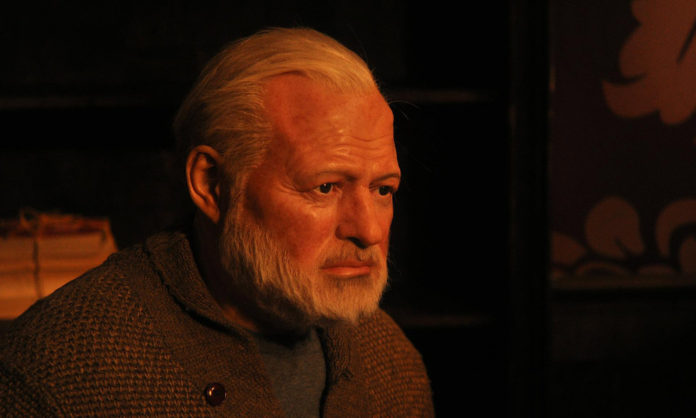
In an article for Writer’s Digest, Mario Escobar shares 5 tips for writing about real-life heroes in historical fiction. “From Homer’s Iliad to Hemingway’s A Farewell to Arms, through Tolstoy’s Bhagavad-gītā or War and Peace, war has always been present in literature,” Escobar writes. “The human experience that all conflict derives from, the unavoidable destiny of its protagonists, the unimaginable pain and suffering of death, separation, and loss—these have been the raw material of unforgettable stories.”
But writing about ordinary people who undergo extraordinary experiences and transformations can be difficult. How can we get into the character of people who sacrifice their safety to hold onto their morals and values?
One way is to focus on the people around them. “It’s not the heroes and their actions that need to be in the foreground, but rather the lives that they were responsible for saving,” he writes. Second, remember that even the bravest heroes are flawed. “Behind every hero is a human, and when we ignore that fact for the sake of the story, we also strip them of their abilities to make mistakes, feel fear, have doubts, experience defeats, and explore inconsistencies,” Escobar says.
He also suggests asking what lesson you’ve learned from that real-life person. This gets to the heart of why this story is important for you to write. “For us to transmit the value of this person’s example most effectively, I have to see it reflected in my life beforehand,” Escobar explains. You also need a strong enemy and the right setting. “The fifth thing to consider is to create the right setting. The physical and historical context of the novel is important for character development, and in many cases, the setting highlights the character of the heroes without the need to reflect it in the prose,” Escobar says.











